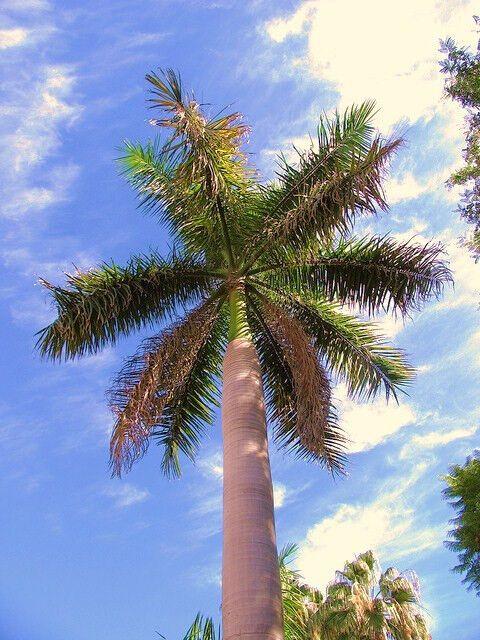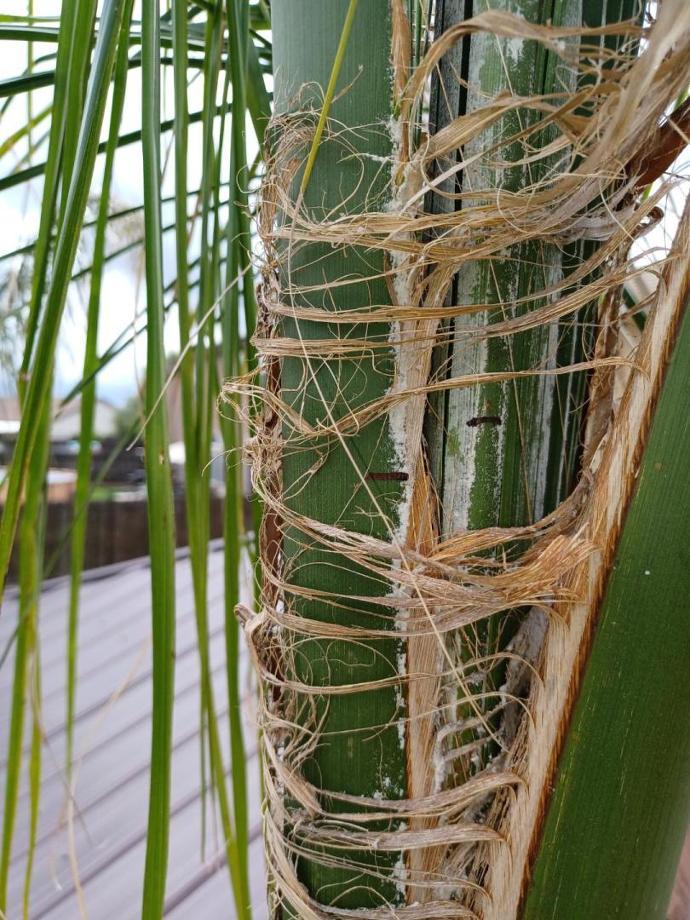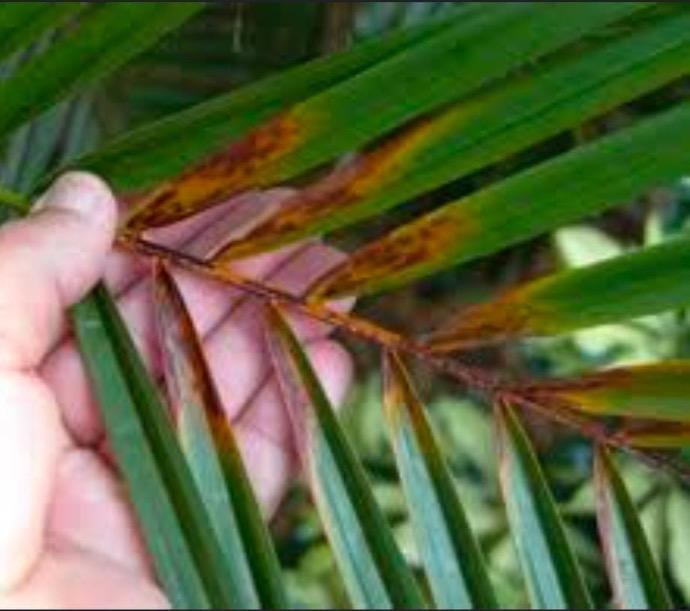Royal Palm Plant
A stately ornamental palm often
seen in grand avenues and tropical gardens. Its tall stature and uniform canopy
make it an iconic feature.
|

Habit
Palm
Height
15-30 m
Growth
Moderate
Soil
Well-drained, sandy
Shade
Full sun
Moisture
Moderate
Edible
No
Medicinal
No
Origin
Caribbean, Florida
Climatic Condition
Tropical, Subtropical
Temperature (°)
20-35°C
Humidity (%)
50-80%
Potting media
Field soil
Fertilizers
Palm-specific fertilizer
Watering
Moderate
Plant Weight
20-50 kg
Flowering Time
Seasonal
Soil Ph level
5.5 - 7.5
Water Ph level
5.5 - 7.5
Soil EC
1-2 dS/m
Yield Per Plant
Ornamental
NPK ratio
10:05:10
life Span
50-100 years
Health Benefits
Shade provider, landscaping
Suggested Grow Media or Potting Mix ?
| 40% peat moss, 30% perlite, 30% compost |
Suggested Fertigation/Fertilizers
| Fertilize quarterly with organic fertilizer. |
Common Diseases and Remedies
Root rot, Powdery mildew, Leaf spot, Aphids.
Yellowing, black or brown spots on leaves, powdery coating, wilting
Copper fungicides, insecticidal soap, horticultural oil
HEALTH BENEFITS
Roots
· Used as a diuretic and to treat diabetes
· Added to tifey, a Haitian drink, by Cubans of Haitian origin
Fruit
· The fruit pericarp contains minerals, including potassium, calcium, magnesium, and iron
· The fruit pericarp also contains phytochemicals, including tannins, saponins, cardiac glycosides, alkaloids, phenolics, and flavonoids
Seeds
· Used as a source of oil
The oil contains fatty acids, including palmitoleic, oleic, and linoleic, which are beneficial for health.

